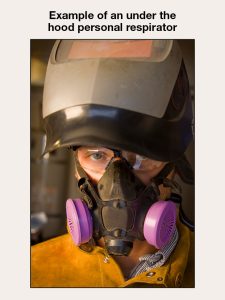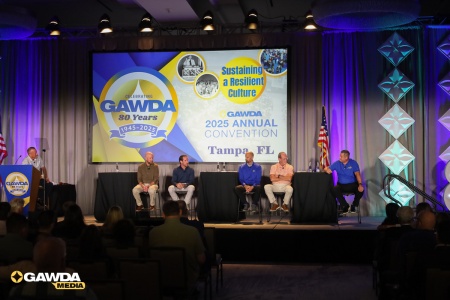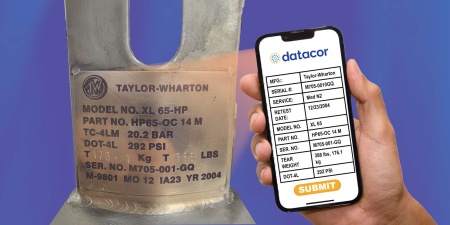By Paul Bernier, ASP
We all understand that when welding outdoors or in well-ventilated areas, the fumes created usually dissipate and are eliminated. But what about working indoors during the winter? With rising energy costs, weld shops need to conserve heat in the building, while keeping employees safe from weld fumes. Mitigation systems can be expensive, but proper ventilation is a necessity for the safety and comfort of the work environment. Fortunately, as a distributor, we can supply our customers with everything needed for PRODUCT.
Weld fumes introduce carcinogenic toxins to the lungs. Depending on what material is being welded, the coatings present on the material, and inert gases in the fumes, there are numerous hazardous substances present in the fume that can cause respiratory system damage, cancer, or even death.
What’s in a Weld Fume?
- Metals such as aluminum, Antimony, Arsenic, Beryllium, Cadmium, Chromium, Cobalt, Copper, Iron, Lead, Manganese, Molybdenum, Nickle, Silver, Titanium, Vanadium, and Zinc.
- Gases used in shielding such as Argon, Helium, and Carbon Dioxide.
- Gases created by welding such as Carbon Monoxide, Manganese Oxide, Ozone, Carbon Dioxide, Nitric Oxide, Lead Oxide, and many more.
All the above materials pose serious health threats both to the immediate livelihood of the person exposed (asphyxiation) and from long-term exposure to the elements (organ failure, cancer).
Additionally, OSHA standards regulate the amount of Chromium permissible in a work environment and requires employers to provide respiratory protection in areas exceeding the threshold. During cold months with doors closed, respiratory protection and proper ventilation are more important than ever.
OSHA STANDARD ON CHROMIUM
1910.1026 – Chromium (VI): Permissible exposure limit (PEL)- The employer shall ensure that no employee is exposed to an airborne concentration of chromium (VI) in excess of 5 micrograms per cubic meter of air (5 µg/m3), calculated as an 8-hour time-weighted average (TWA).
There are two important factors to address when considering respiratory protection for workers: the plume created in front of the welder and the fumes that build in the shop as a result.
The plume created at the arc has high concentrations of toxins and must be mitigated to maintain safety. I’m sure you’ve seen examples of the weld plume going right through a welder’s shield and out the top. This is incredibly dangerous for the welder. The smoke plume should be directed away from him or her as much as possible, which can be achieved with the help of a Source Capture Unit.
While Source Capture Units help to clean the air by capturing most of the smoke, they do not eliminate the inhaled plume or ambient fumes created in the area completely. To wholly protect all workers, these units should be used in conjunction with P100 respirators that fit under a welding hood, which provides excellent protection. The next level of protection offered beyond the P100 are the individual PAPR (powered air purifying respirator) helmet systems.

Source Capture Units, P100 Respirators, and PAPR Systems are excellent options to protect the welder from breathing hazardous fumes where the work is taking place, but with doors closed in the winter, these fumes will still be present in the building and affect all those not equipped with the above-mentioned PPE.
Ceiling Air Cleaning Units are a great way to help clean the air in the building without the need to open doors or vents, keeping your heat indoors. These units circulate the air around the area, filtering out the hazards.
There are several options available to help keep weld shops free of hazardous fumes for any price range. While the more elaborate systems offer more complete protection, just providing workers with proper PPE can help prevent serious health issues. With increased energy costs the ROI may be quicker than expected, and the equipment can be purchased through most major welding manufacturers. You will also benefit from repeat sales of filters and parts for the solutions mentioned.
As always, if you’re not discussing these products with your customers, they are probably buying from someone else.
Lastly, please note that all workers must pass a respiratory medical evaluation before they are allowed to be fit tested to ensure proper fit. There are two types of fit testing, qualitative and quantitative. For our customers, we do the qualitative test for their employees as a free service, in return for their continued safety business.










